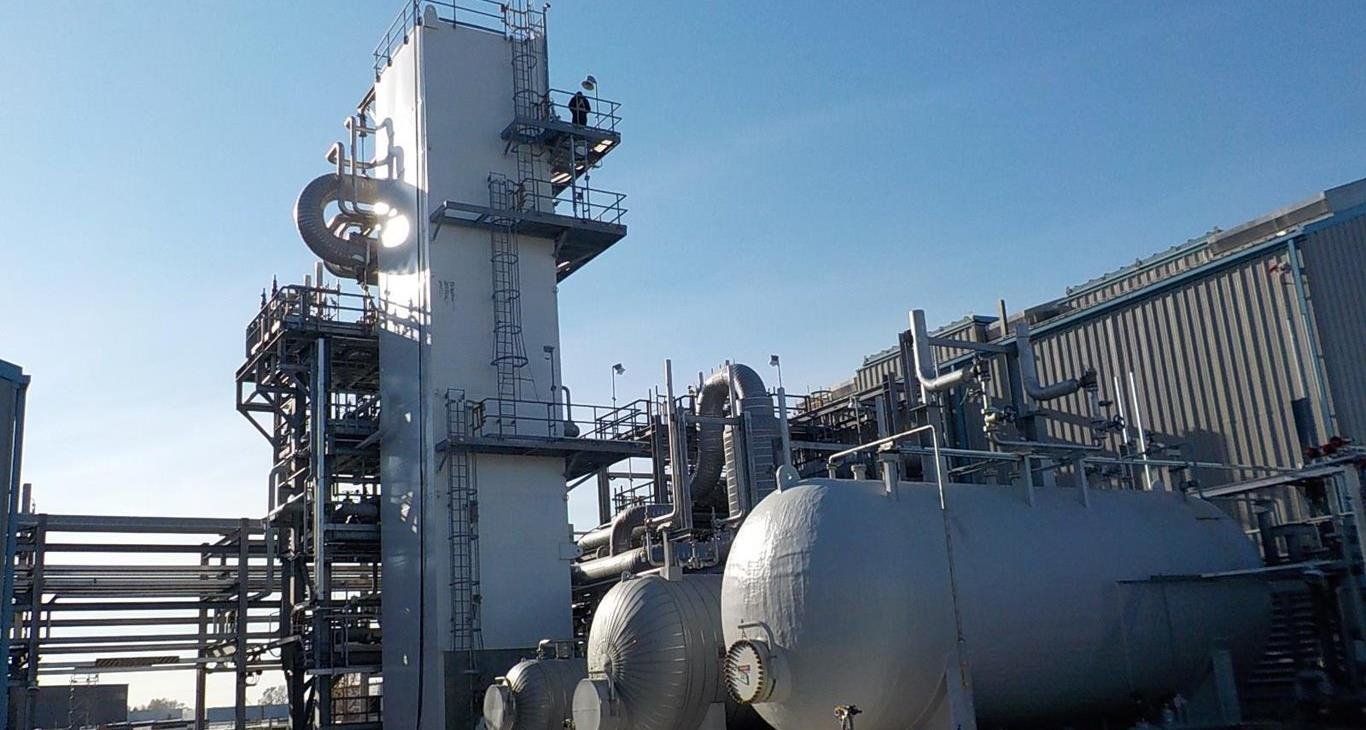This story requires a subscription
This includes a single user license.
According to a statement by LNG Alliance, the company will leverage Chart’s full spectrum of IPSMR (integrated pre-cooled single mixed refrigerant) solutions, including its mid-scale modular solution.
Chart’s module offering incorporates mega bay air-cooled heat exchangers, tuf-lite IV fans, process vessels, valving, brazed aluminum heat exchangers, and cold boxes.
LNG Alliance said this modular solution addresses the challenge of achieving the best balance between large-scale LNG facility economics and high operational efficiency.
“We are happy to partner with Chart Industries on our groundbreaking Amigo LNG project,” said Muthu Chezhian, CEO of LNG Alliance.
“LNG Alliance is strategically optimizing an LNG facility with an export capacity of 7.8 mtpa by moving to a modular mid-scale solution, resulting in a smaller footprint, higher efficiency, and lower cost, therefore offering customers the most efficient and effective solution,” he said.
In April, Amigo LNG signed a 15-year sales and purchase agreement with Oman’s state-owned firm OQ Trading to supply the latter with liquefied natural gas from its planned export plant in Mexico.
OQ Trading will purchase 0.6 mtpa of LNG on a FOB basis from Amigo LNG’s export terminal in Guaymas.
Amigo LNG also signed a 20-year sales and purchase agreement with Sahara Group.
Under this deal, Shara will purchase 0.6 mtpa of LNG from Amigo LNG’s planned export terminal.
In addition to these two SPAs, Amigo LNG signed a heads of agreement with Malaysia’s E&H Energy in August 2024.
Under this deal, Amigo LNG plans to supply 3.6 mtpa of LNG to E&H for the Malaysian market over 20 years.
Amigo LNG’s export facility comprises of two trains of 3.9 mtpa each and is currently under development in close cooperation with the State of Sonora and Secretaria de Marina, Mexico.
LNG Alliance previously said Amigo LNG is the only project in the region with both FTA and non-FTA permits from the US Department of Energy, valid until December 2027.
It is expected to receive feed gas from the Permian shale basin in the US via existing pipeline networks.

